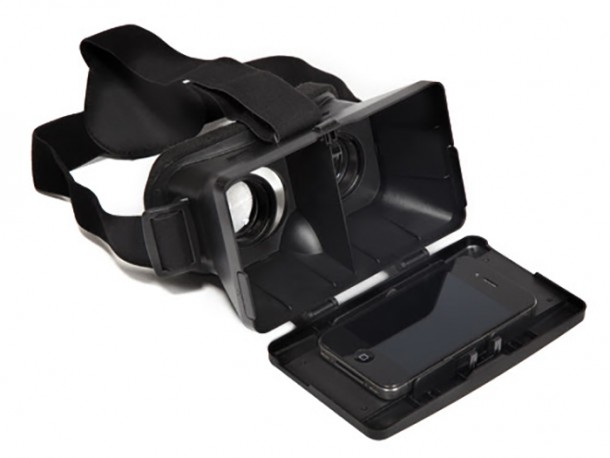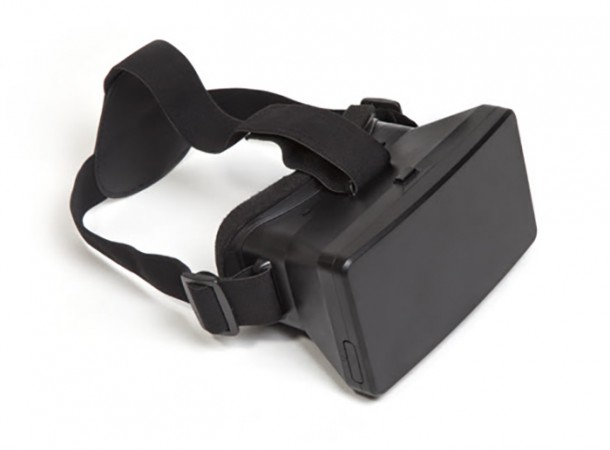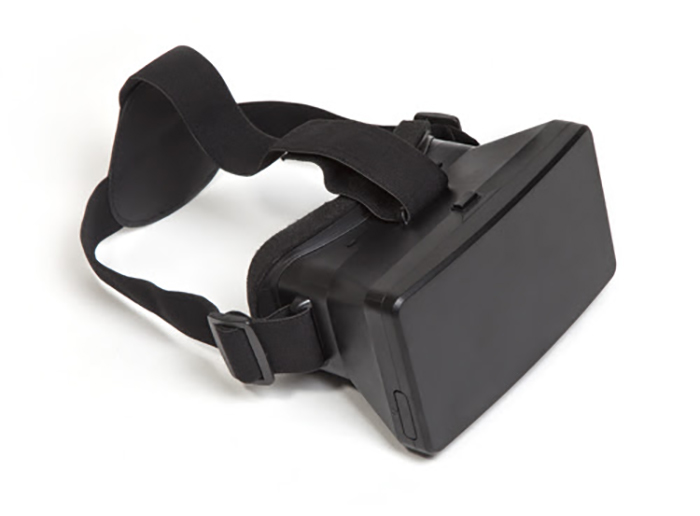I don’t really get mobile VR yet. Not really for the ability to use VR without a laptop, but for the size of the devices and their storage. We’re trying to get things smaller right now. My phone is thinner than ever, my backpack is tiny, my laptop is as thick as a piece of paper. Mobile VR is making things bulkier again. They need to get smaller and more package-friendly, like Google Glass, and get the viewing angles closer to what their Oculus and Vive brethren can do. I’ve also wondered where we would even use a portable VR device. Personally, I don’t have the space to carry headsets around with me all day, as I don’t think I’d engage in VR often enough to justify bringing one with me.
But these are all wants. Virtual Reality tech is still in its infancy, and will take a while to get to where we really need it to be. Until then we can take small steps and have “good enough” experiences, which is where mobile VR currently sits, and use devices like the Immerse VR Headset to engage with these alternate reality spaces.

The Immerse Virtual Reality Headset is a budget solution to getting into mobile VR. But, it’s done so to be cost-effective and to get a VR hook into people who may otherwise be uninterested. Being cheap has its merits when it comes to impulse purchases.
The device itself is little more than a nicer version of Google Cardboard. It’s a few injection molded pieces of black plastic, a couple of simple eye lenses, and head straps. A button pops open the front cover, which reveals the phone compartment and spring-loaded clamps. The process goes something like this: Open front cover, pull apart spring-loaded clamps, drop in phone and close cover. Putting a phone in is a bit tedious, as each clamp requires one hand to pull away. I almost need a third hand to put the phone in, and because nothing really holds it down it can (and will) pop out during placement and use. Perhaps this is because of the size of the phone I was using. Though almost any smart phone can fit, my iPhone 6 Plus pushes the limit and just barely squeezes into the front door, and certainly not with the cover on. I’d imagine anything longer would be out of the question. Thankfully, the lenses can be slid left and right, and the focal depth can be adjusted, to allow for different phone sizes and vision preferences.
The straps are adjustable with hook & loop (the actual name for Velcro) on top and a buckle on the side, and make for a surprisingly comfortable experience. The weight of the entire contraption is low enough that even with a phone in it feels almost nonexistent. I feel zero neck strain when using it, even after longer periods of time, and my 5 yr old daughter found no issue putting it on and keeping it there while watching content. And perhaps the best part is that it stays on and doesn’t shift around, which is important when using anything that requires motion.

So it’s as basic as it gets, in both its goal and its design. And it works just as well as advertised. But, this does end up opening conversation for what I end up feeling is missing, or at least needs improvement. For one I can’t access my device while it’s in the headset. Missing that ability to touch or adjust the phone or app from the outside means I have to keep opening the headset to do it, and becomes even more annoying when a notification from Twitter or Sportscenter pops up and covers the screen. There are a few apps and games that allow for a Bluetooth controller, but not nearly enough, and so the Immerse suffers because of it. It also doesn’t work with glasses, which is a bummer. I have to take mine off to fit the headset on my face, which means I have to close my eyes a few times to prevent them from getting tired.
The overall design still suffers from VR tendencies: a large, black box hanging off of my face will always look goofy, and specially more so when I am around others who don’t engage in the technology. I’m instantly cut off from everyone around me, which can be a good and bad thing.
It’s still fine for its intentions though. Watching videos is more private, and not having to hold a phone or look down at one reduces strain on my neck. I’m able to catch up on Arrow on Netflix while my family takes over the TV, and that can be a blessing. The audio is surprisingly loud even when a phone is fully inside the headset, and openings on the sides allow for headphone access. I can see this used on plane trips when wanting a more private experience, or for kids going on long car rides. In fact, this may be best as something that stays in one location instead of being taken with me. Airlines could even possibly offer these up to their passengers instead of having to load up their seat backs with screens.

This isn’t the be-all end-all solution to portable VR — any time you have to put on something that is even remotely large, like all VR headsets currently are, takes away from the experience — but it’s a better solution that just Google Cardboard. It’s budget in price (at $40 it’s just on the border of being an impulse buy and something you’d need to think about.) and delivery, but that’s fine. The Immerse VR Headset does exactly what you’d think it does; nothing more, nothing less. It’s more of an accessory that augments current use instead of providing an immersive experience, and it delivers on its goal is to give users a way to turn a handset into a headset, as quickly and effortlessly as possible.
The Immerse VR Smartphone Headset is available at Sharper Image for $39.99
This review is based on a unit sent to SideQuesting by Immerse & its PR.


No Comments